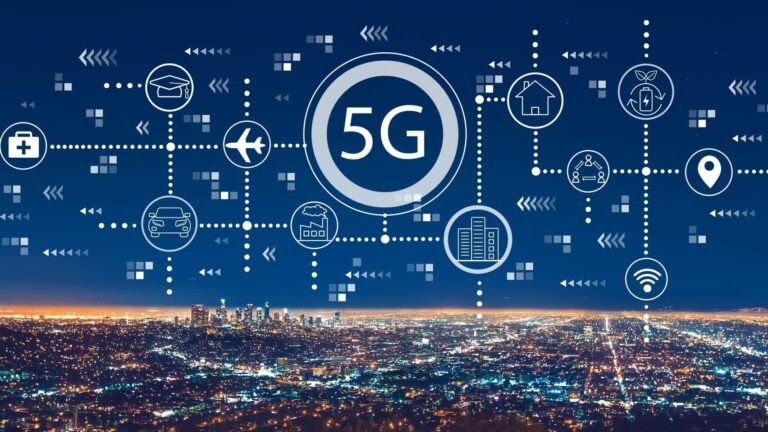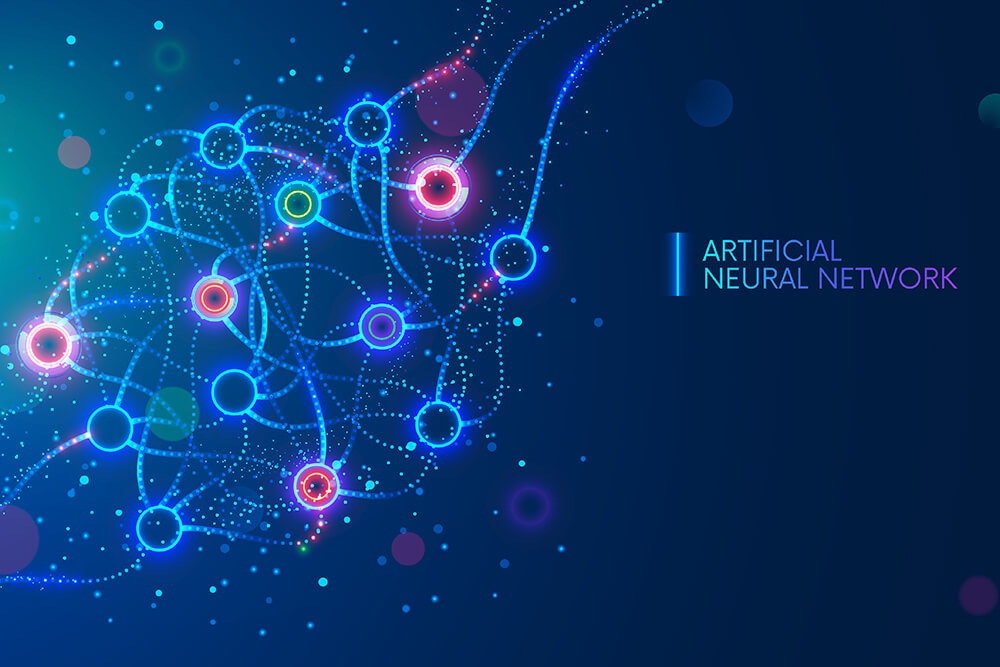The deployment of 5G technology is set to revolutionize the Internet of Things (IoT) ecosystem by enabling faster speeds, lower latency, higher device density, and enhanced reliability. This article explores the applications, benefits, challenges, and future trends of 5G in powering IoT connectivity, highlighting its transformative potential across industries.
Applications of 5G in IoT
- Real-time Data Transmission: 5G facilitates real-time data exchange between IoT devices and cloud platforms, enabling seamless communication, immediate response to sensor data, and supporting mission-critical applications (e.g., autonomous vehicles, industrial automation).
- Massive IoT Connectivity: 5G’s ability to connect a vast number of devices per square kilometer supports IoT deployments in smart cities, smart grids, agricultural monitoring, and healthcare systems, scaling IoT networks to accommodate millions of interconnected devices.
Benefits of 5G for IoT
- Low Latency and High Bandwidth: 5G’s ultra-low latency (less than 1 millisecond) and increased bandwidth support high-definition video streaming, real-time analytics, and immersive AR/VR applications, enhancing user experiences and operational efficiencies.
- Improved Reliability and Network Slicing: 5G networks offer enhanced reliability and resilience, critical for applications requiring uninterrupted connectivity (e.g., remote surgeries, industrial IoT). Network slicing enables customized network configurations to meet specific IoT requirements.
Challenges and Considerations
- Infrastructure Requirements: Deploying 5G infrastructure (e.g., small cells, base stations) requires significant investments and regulatory approvals, particularly in urban areas, to ensure comprehensive coverage and network densification for IoT deployments.
- Security and Privacy: Addressing cybersecurity risks associated with 5G-enabled IoT devices, protecting sensitive data (e.g., personal information, critical infrastructure), and implementing robust encryption and authentication measures to safeguard IoT ecosystems.
Impact on Industry Verticals
- Smart Manufacturing: 5G enables real-time monitoring of production lines, predictive maintenance of machinery, and implementation of autonomous robots, optimizing efficiency, reducing downtime, and improving supply chain management in smart factories.
- Telemedicine and Healthcare: 5G facilitates remote patient monitoring, teleconsultation with specialists, and surgical procedures assisted by AR/VR technologies, enhancing healthcare accessibility, patient outcomes, and medical research capabilities.
Future Trends in 5G-enabled IoT
- Edge Computing Integration: Combining 5G with edge computing capabilities decentralizes data processing and analysis, reducing latency, optimizing bandwidth utilization, and supporting IoT applications that require real-time decision-making at the network edge.
- AI-driven IoT Insights: Integration of artificial intelligence and machine learning with 5G-enabled IoT data analytics to derive actionable insights, predict trends, and automate decision-making processes across diverse industry sectors.
Conclusion
5G technology is poised to accelerate the adoption and expansion of IoT applications by delivering unprecedented speed, reliability, and connectivity scalability. As industries embrace 5G-enabled IoT solutions, collaboration among telecom providers, technology developers, regulators, and businesses is essential to overcome infrastructure challenges, address security concerns, and harness the full potential of 5G in driving innovation and digital transformation. By leveraging 5G’s capabilities, organizations can unlock new opportunities for efficiency gains, operational optimization, and transformative IoT deployments that reshape industries and enhance global connectivity in the 21st century.



